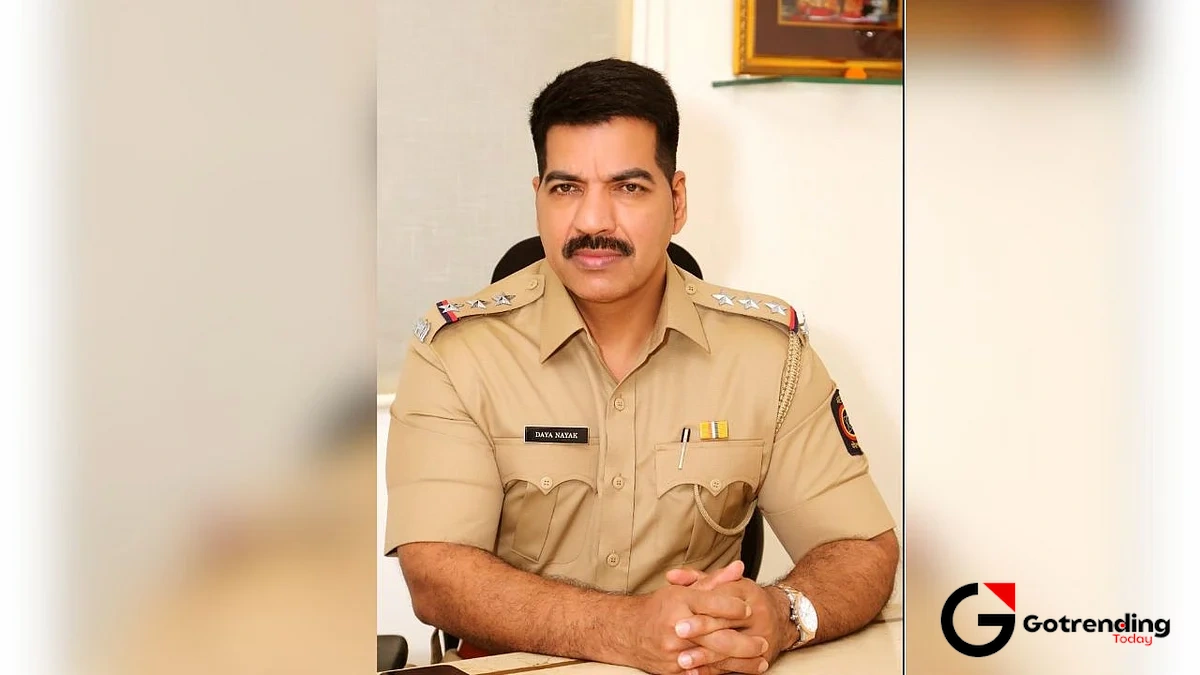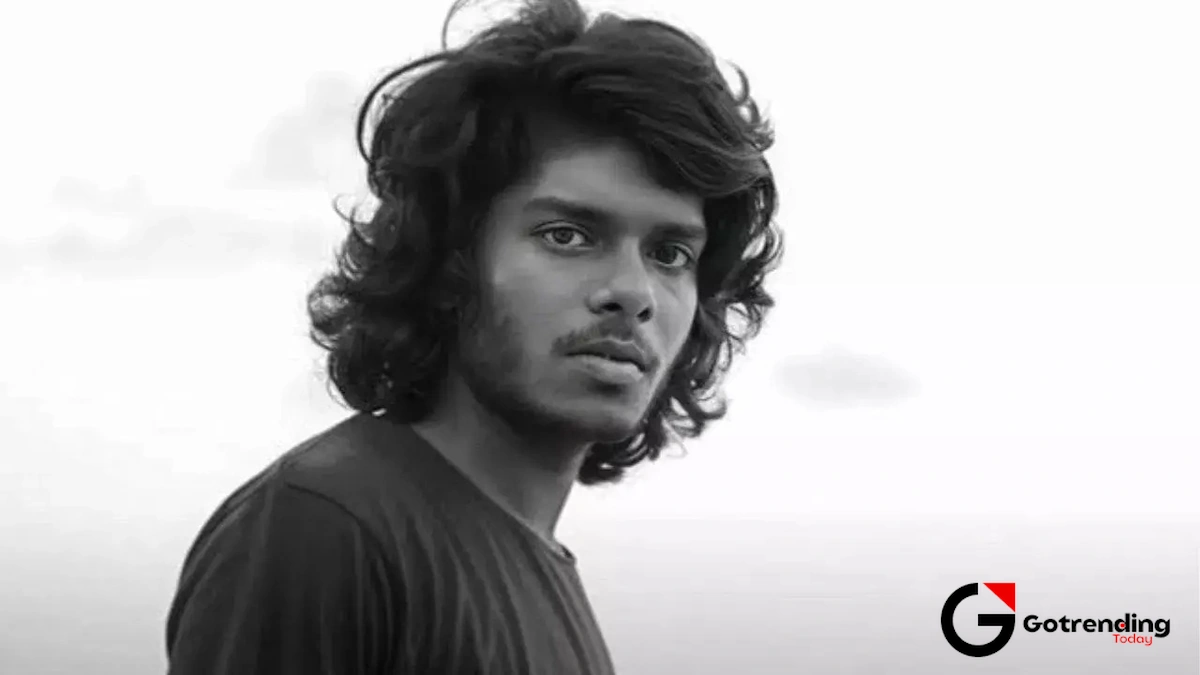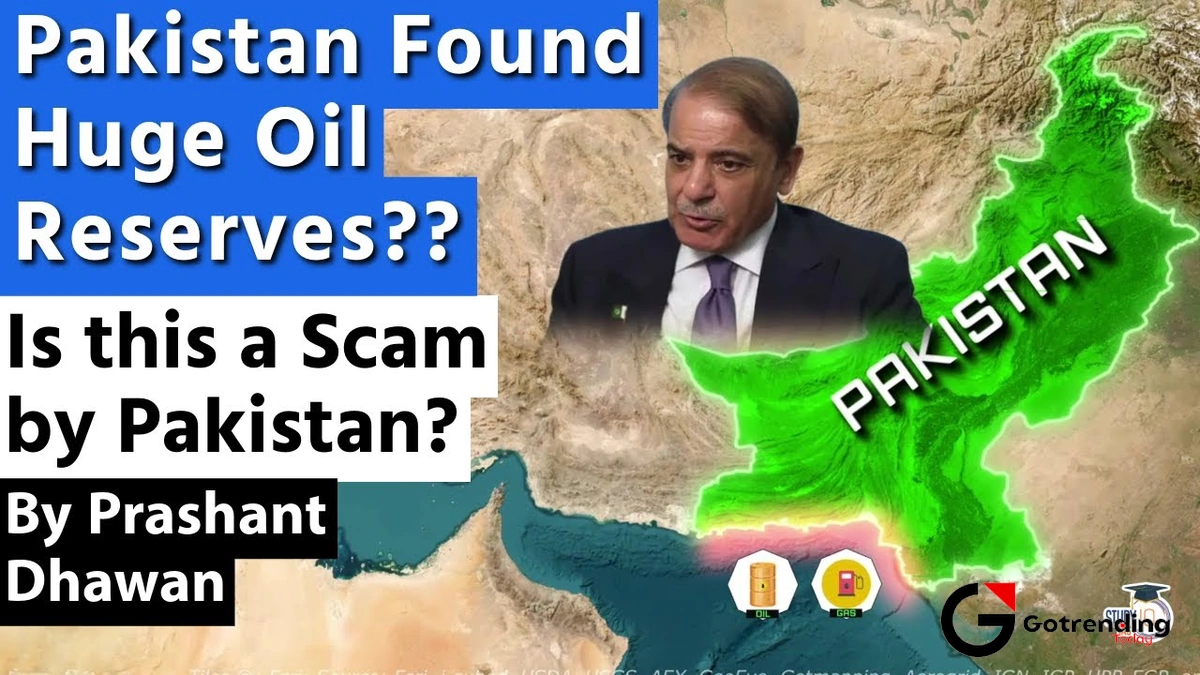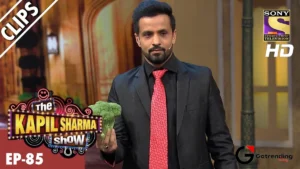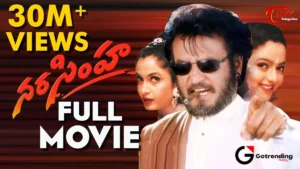The Ghost of Mumbai’s Ganglands | Untangling the Myth of Daya Nayak
You’ve probably seen the movie. Gritty, dark, a lone cop staring into the abyss of his city’s criminal heartland. He’s a good man forced to do bad things. He dispenses justice from the barrel of a gun because the system is too slow, too corrupt. We all saw Ab Tak Chhappan and thought, “Wow, what a story.”
But what if I told you the real story is messier, more complicated, and infinitely more fascinating? What if the man who inspired that character isn’t just a two-dimensional hero, but a living, breathing paradox of modern Indian law enforcement?
Let’s talk about Daya Nayak . The name itself carries weight. For a time in Mumbai, it was a whisper of fear in the underworld and a cheer of triumph in the press. He wasn’t just a cop; he was a celebrity. An ‘encounter specialist’. A title that sounds like it was ripped straight from a comic book.
But the story isn’t that simple. It never is.
The Making of an ‘Encounter Specialist’
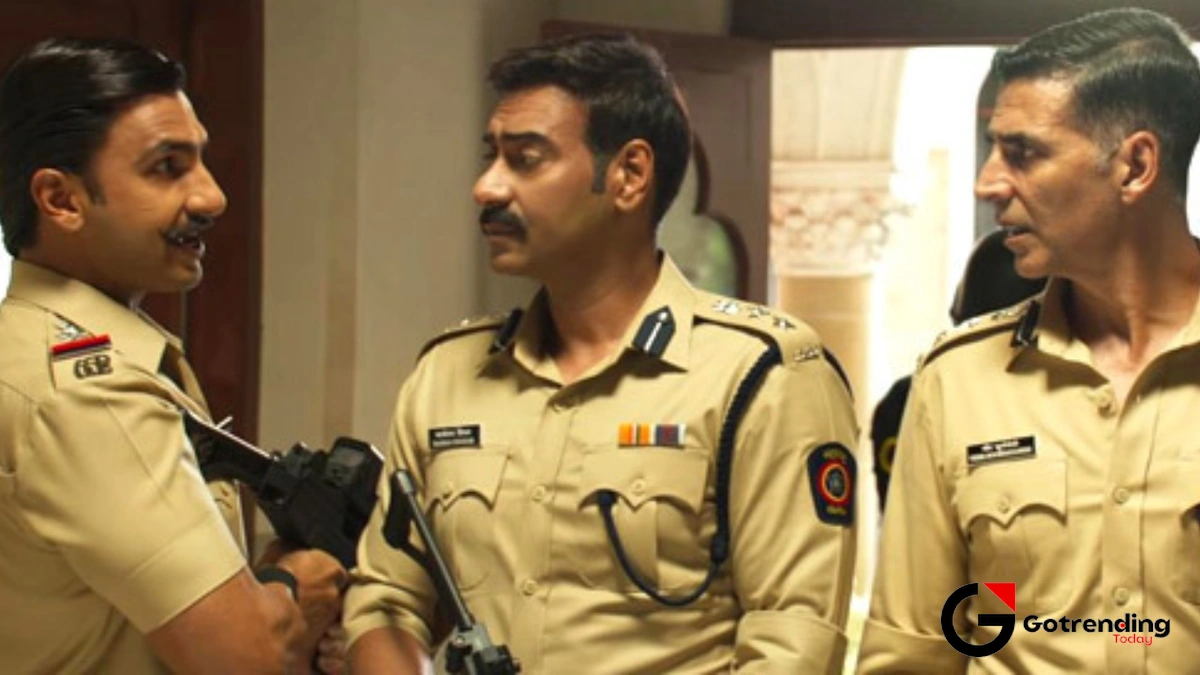
To understand a man like Daya Nayak , you first have to understand the Mumbai he was forged in. This wasn’t the gleaming financial hub of today. This was the Mumbai of the late 90s and early 2000s, a city held hostage by organized crime. Extortion, or ‘hafta,’ was rampant. Gangs led by figures like Dawood Ibrahim and Chhota Rajan operated with terrifying impunity. They were a parallel government.
The courts were overwhelmed. Witnesses were too scared to testify. And so, the Mumbai Police , in a move of desperation or calculated aggression (historians will debate this for decades), unleashed a new kind of weapon: the encounter squad. These were plainclothes officers given a seemingly simple, yet terrifyingly complex, mandate: end the gang wars. By any means necessary.
An “encounter” became the preferred term for what was, essentially, a shootout where only the police walked away. The official line was always self-defense. A fierce gunfight. But everyone knew the score. It was state-sanctioned execution, a shortcut through the tangled mess of the judicial system.
And into this cauldron stepped a young sub-inspector from a small village in Karnataka. Daya Nayak . He was ambitious, fearless, and by all accounts, incredibly effective at his job. He quickly became the poster boy for this new, brutal form of policing. The papers loved him. His count of “kills” a chilling metric that was publicly tracked rose steadily. Over 80, the legend says. He became a symbol of hope for a city desperate for a hero.
The Legend of Daya Nayak | Myth vs. Reality
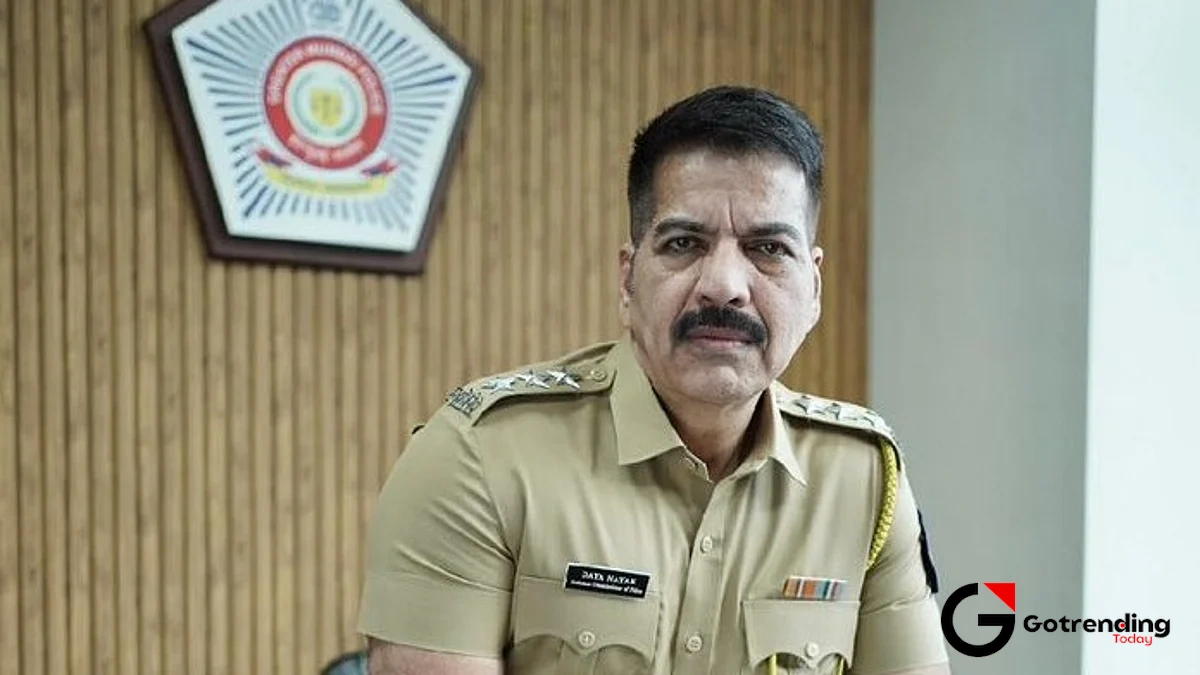
This is where it gets blurry. The man became a myth. He wasn’t just a cop; he was a public figure, a bit like the political personality of Arjun Pratap Bajwa in a different arena. He had friends in Bollywood. He attended high-profile parties. He even used his considerable influence and, allegedly, donations from film personalities, to build a school in his home village. A hero, right?
Wait, there’s something even more interesting here. The hero narrative is compelling, but it ignores the fundamental darkness of the job. To be an encounter specialist is to live permanently in the grey. You’re dealing with informants, cutting deals with one gangster to get to another, and operating outside the very laws you swore to uphold. The line between cop and criminal becomes perilously thin.
His success was undeniable. He dismantled gangs, took down feared hitmen, and made parts of the city safer. There’s no arguing that. But the methods… they were a deal with the devil. And sooner or later, the devil comes to collect. The narrative was like a high-stakes match, a constant face-off with no clear rules, almost like the England vs India Bazball series but with lives on the line.
When the Hunter Becomes the Hunted
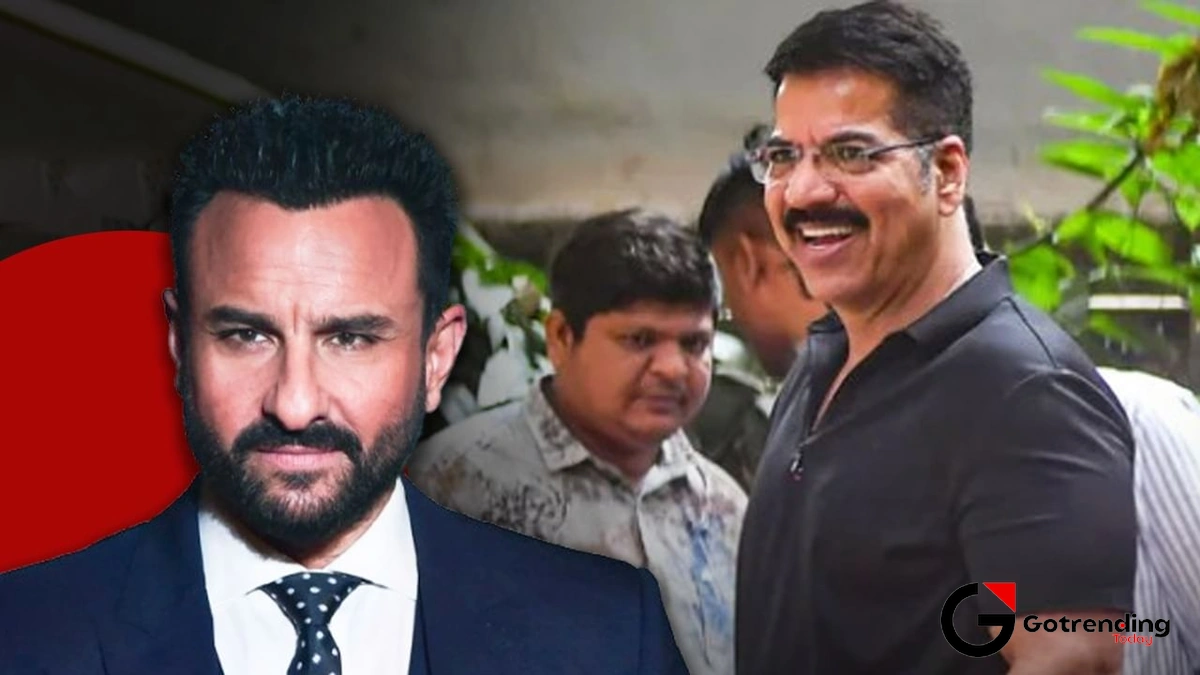
And then, the fall. It was as spectacular as his rise. The very machinery that built him up began to tear him down.
Corruption allegations started to surface. A disproportionate assets case was filed against him. Whispers grew louder. How could a humble police officer afford this lifestyle? Where was the money coming from? He was accused of having links to the very underworld he was supposed to be fighting. He was suspended, arrested, and thrown into a legal battle that would last for years.
It’s a classic story, isn’t it? The hero who flies too close to the sun. But I think it’s more than that. The story of Daya Nayak forces us to ask uncomfortable questions. When we cheer for a cop who bends the rules to get the “bad guys,” are we not also eroding the foundation of the law itself? The very existence of an “encounter specialist” is an admission that the system has failed. And when the system fails, it creates monsters to fight monsters, and sometimes, it becomes impossible to tell them apart.
He was eventually reinstated, cleared of many charges, but the aura was gone. The myth was broken. The man remained, a testament to a brutal, bygone era of policing. His story serves as a crucial case study for institutions like the Ministry of Home Affairs on the dangers of extra-judicial power.
I keep coming back to this point because it’s crucial: the tale of Daya Nayak isn’t really about one man. It’s about a city, a system, and the moral compromises we are willing to make in the name of security. It’s a reminder that the path paved with good intentions can lead to some very dark places.
FAQ | Untangling the Story of Daya Nayak
So, was Daya Nayak a hero or a villain?
That’s the million-dollar question, isn’t it? And the honest answer is: it’s complicated. To the people terrified by gang violence, he was a hero who brought a semblance of peace. To human rights advocates and legal purists, he was a symptom of a broken system who operated outside the law. The truth is he was likely a product of his time a man who did what he was tacitly encouraged to do, and perhaps got caught up in the power and fame that came with it. The real story is that he occupies a grey area that makes us deeply uncomfortable.
What is an “encounter killing” exactly?
Officially, it’s a term used by police in South Asia to describe a shootout that occurs when they confront suspected criminals. In these scenarios, the police claim they acted in self-defense, resulting in the death of the suspect. Unofficially, and more cynically, it’s widely believed to be a euphemism for extrajudicial killings a way to eliminate suspects without a trial. It’s a hugely controversial practice.
Is the movie Ab Tak Chhappan really based on his life?
Loosely, yes. The film’s protagonist, Sadhu Agashe, is a stoic encounter specialist in the Mumbai Police , and the character was heavily inspired by the public persona and career of Daya Nayak . While the specific plot points are fictionalized for dramatic effect, the film brilliantly captures the moral ambiguity and psychological toll of that specific line of work. It’s probably the most famous piece of pop culture related to his story.
What is Daya Nayak doing now?
After a long period of suspension and legal battles, Daya Nayak was reinstated into the Mumbai Police. He has held various postings since then, often away from the high-profile crime-fighting roles he was once famous for. As of recent reports, he is still an active police officer, currently with the Maharashtra Anti-Terrorism Squad (ATS). His days as a celebrated “encounter specialist,” however, seem to be firmly in the past.
Why are these ‘encounter specialists’ so controversial?
The controversy is twofold. First, there’s the massive human rights concern. It bypasses the entire judicial process judge, jury, and executioner all rolled into one police officer. This opens the door for terrible abuses of power. Second, it breeds corruption. Cops with this much power can be tempted to eliminate rivals for a fee, extort criminals, or fake encounters. It creates a system with almost no oversight, which is fundamentally dangerous for a democracy.
